![]()
the Emotion machine (2006) Marvin Minsky
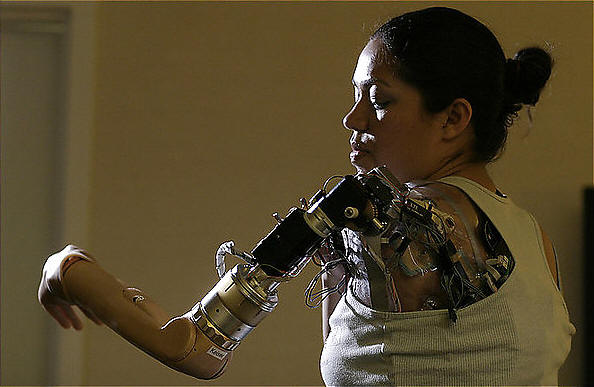
bionic prostheses (2006)
Brain Age (May 2005)
Everything Bad is Good for You (2005)
the Blue Brain Project (2005)

BrainMaps (2005)
CCortex (2003)
ASIMO (2000) is a humanoid robot
spindle neurons (1999) were discovered by John Allman
brain-computer interfaces (mid 1990s)

Deep Blue - Kasparov (1996) Game 1
the Association for the Scientific Study of Consciousness (1994)
Prozac (1987)
autostereograms (1979)
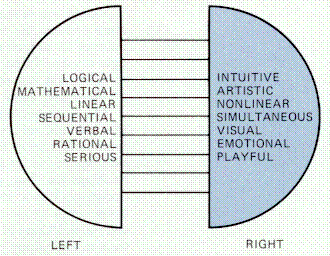
in their collaborative book The Self and its Brain, Eccles and Popper (1977)
summarised the distinct and consistent specialisations within each hemisphere of the human brain
the Patch clamp technique (late 1970s)

Endorphins (1975)

Magnetoencephalography (1970s)
positron emission tomography (1974)
Magnetic resonance imaging (1973)
computed axial tomography (1972)
the Society for Neuroscience (1969)
Long-term potentiation (1966)
the term "pheromone" was introduced by Peter Karlson and Adolf Butenandt (1959)
the "split brain" (late 1950's) was first discovered in the laboratory by Roger Sperry and Ronald Meyers
Cognitive science (1950's)
the cognitive revolution (1950's)
REM sleep (1953) was discovered by Eugene Aserinsky and Nathaniel Kleitman

Wittgenstein's duckrabbit (1953)
Equipotentiality (1950)
Karl Spenser Lashley (1950) conducted a series of experiments designed
to uncover the neural components of memory, which he called engrams
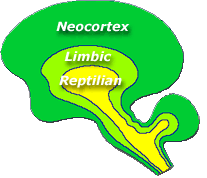
Paul D. MacLean's theory of the triune brain (1949)
Norbert Wiener's Cybernetics; or Control and Communication in the Animal and the Machine (1948)
Warren S. McCulloch und Walter Pitts' Logical Calculus of the Ideas Immanent in Nervous Activity (1943)
the first controlled human lobotomy (1936) was performed by the Portuguese physician and neurologist António Egas Moniz
Edgar Douglas Adrian's Mechanism of Nervous Action (1932)
Walter Rudolph Hess' research (1932) showed that the interbrain is
responsible for coordinating the activities of the body's internal organs

Electroencephalography (1929)
Henry Head, a British neuroscientist, publishes Studies in Neurology (1911) In it, he disputes the prevailing theories about aphasia and
argues that speech is not a localized function. He also conducts important studies with the Irish neurologist, Sir Gordon Holmes, on the
neurophysiology of sensory perception in the cerebral cortex, focusing particularly on patients' spatial perceptions of their own bodies.
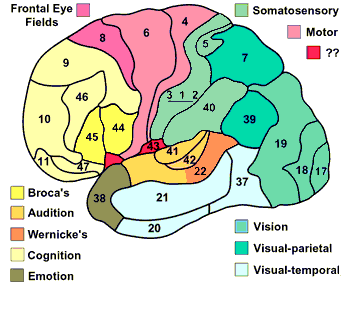
Brodmann areas (1909)
John Newport Langley (1905) coined the phrase "parasympathetic nervous system"
Ivan Pavlov (1903) coined the term conditioned reflex

Sigmund Freud published his groundbreaking work, The Interpretation of Dreams (1900)
John Newport Langley (1898) introduced the term "autonomic nervous system"
the law of effect (1898)
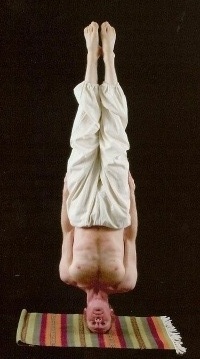
George Stratton's Vision without inversion of the retinal image (1897)
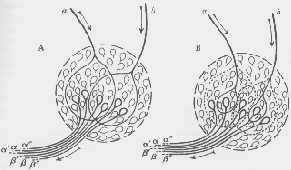
the word "synapse" comes from "synaptein" (1897) which Sir Charles Scott Sherrington and his
colleagues coined from the Greek "syn-" meaning "together" and "haptein" meaning "to clasp"
the blood-brain barrier (late 19th century) was noticed in experiments by Paul Ehrlich

the neuron doctrine (late 19th century) is the now fundamental idea that neurons are the basic structural
and functional´units of the nervous system. The theory was put forward by Santiago Ramón y Cajal

the Mueller-Lyer illusion (1889)
Hemispherectomy (1888)
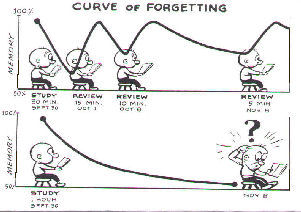
Hermann Ebbinghaus' On Memory (1885)
Jean-Martin Charcot's Lectures on the Diseases of the Nervous System (1877)
David Ferrier's Functions of the Brain (1876)
the first two psychological laboratories in the world (1875) were founded by Wilhelm Wundt and by William James
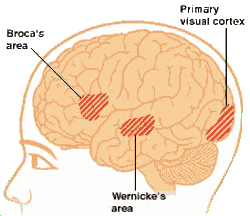
Wernicke's area (1874)
Emil du Bois-Reymond's Über die Grenzen des Naturerkennens (1872)
Weir Mitchell (1871) provided a detailed account of the phantom limb syndrome
Eduard Hitzig's On the Electrical Excitability of the Cerebrum (1870)
Sir Francis Galton's Hereditary Genius (1869)
Otto Friedrich Karl Deiters (1865) differentiated between dendrites and axons
Broca's area (1861)
Gustav Fechner's Elemente der Psychophysik (1860)
Richard Heschl (1855) described the transverse gyri in the temporal lobe (Heschl's gyri)

William Benjamin Carpenter (1853) proposed the "sensory ganglion" (thalamus) as the seat of consciousness
Hermann von Helmholtz (1849) measured the speed of frog nerve impulses
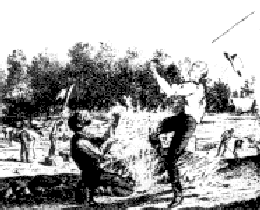
Phineas Gage (1848) a railroad worker, survived a bizarre accident in which the frontal lobe of his brain is pierced by an iron rod during
an
explosion. Although he eventually recovered, he experienced profound mood
and behavior changes. By all accounts, a quiet,
industrious worker before the accident, Gage became a surly, combative man who
can not hold down a job. This famous case,
now found in countless neuroscience textbooks, was an important milestone in the
study of the brain's anatomy because it suggested
that key parts of the personality resided in the frontal lobe. These findings
indirectly led to the development of the procedure called
lobotomy, which was based on
the theory that removing portions of the frontal lobe could cure mental
derangement and depression.
Gabriel Gustav Valentin (1836) identified the neuron nucleus and nucleolus
Johannes Peter Müller Zur vergleichenden Physiologie des Gesichtssinns (1826)
the Bell-Magendie law (1822)
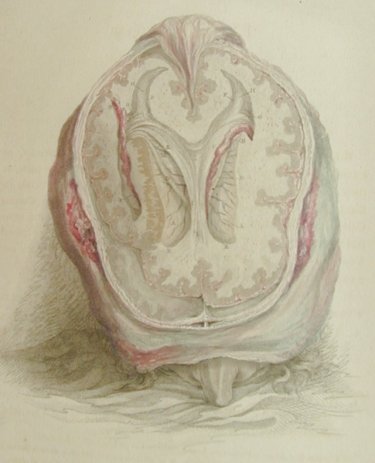
Charles Bell (1811) a Scottish surgeon, established that the nerves for each of the senses can be traced from specific areas of the brain
to their end organs. For example, he made distinctions between the cranial
nerve, which is connected to chewing, and the cranial
nerve, which controls muscles of expression. He also demonstrated that motor and
sensory functions are anatomically separated in
the spinal roots. Previously, it had been believed that the two functions were combined.

phrenology (1808)
John Dalton (1798) who was red-green colorblind, provides a scientific description of color blindness
the Islands of Reil (1796)
Francesco Gennari (1782) published his work on "lineola albidior" (later known as the stripe of Gennari)
M.V.G. Malacarne's work on the cerebellum (1776)
the Sympathetic nervous system
the blind spot (1668)

Thomas Willis (1664) a
professor at Oxford, wrote the first monograph on brain anatomy and physiology,
Cerebri Anatome.
In his book, he stated that the cerebral hemispheres, which constitute
70% of the human brain, determine thought and
action and are completely separate from the part of the brain that controls
basic motor functions like walking. He also located
specific mental functions within the corpus callosum, corpus striatum and the
cerebellum and introduced the words; 'neurology,'
'hemisphere,' 'lobe,' 'pyramid,' 'corpus striatum,' and 'penduncle' into the
modern vocabulary. His work is influential in leading
future neuroscientists to study the functional contributions of individual brain
parts.

in his Traité de L'Homme (1664) René Descartes called the pineal gland the "seat of the soul"

Sylvian fissure (1641)
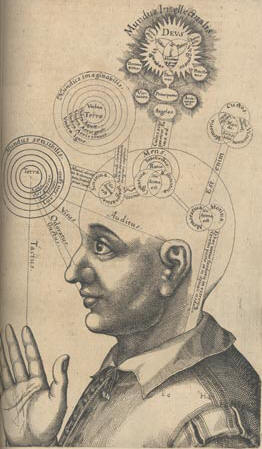
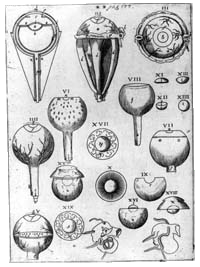
Johannes Kepler's Ad Vitellionem Paralipomena (1604)

Arcangelo Piccolomini (1586) distinguished between cortex and white matter
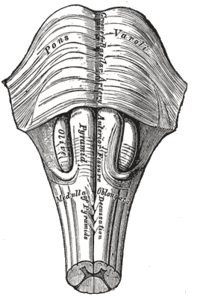
the pons (1573) was named by Constanzo Varolio
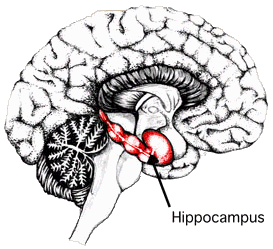
the anatomist Giulio Cesare Aranzi (circa 1564) first used the term hippocampus
to describe the cerebral organ because of its visual resemblance to a seahorse
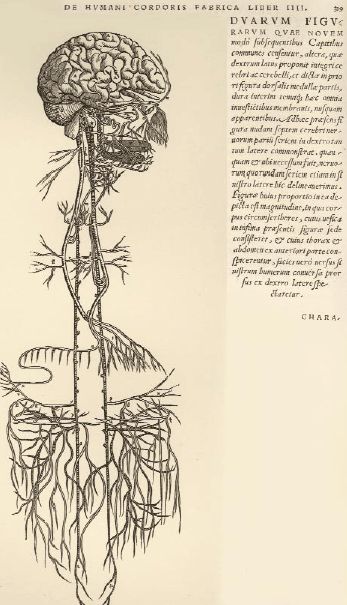
Andreas Vesalius (1543) a Renaissance anatomist, published De humani corporis fabrica (On the Workings of
the Human Body), one of´the first known neuroscience textbooks. Lavishly illustrated, it contains major sections
on the workings of the nerves and the brain.
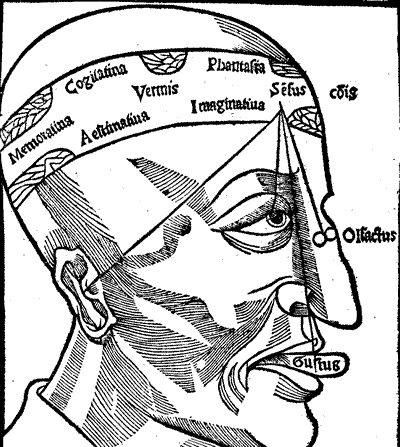
Gregor Reisch's Margarita Philosophica (1503)

Leonardo da Vinci (1500)
Brain studies ceased during the Middle Ages (1100-1500) due to a church ban on human
dissection and the study of anatomy.
Despite this restriction, primitive brain surgery continues to be
performed by enterprising barbers who roam the countryside
offering to remove
the "stone of madness" or "pierre de follie" from
the skulls of the mentally ill. The only true surgeons of this
period are educated clerics who practice medicine, but carefully eschew
anatomical studies so as not to run afoul of the
church ban against the desecration of the body
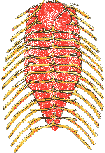
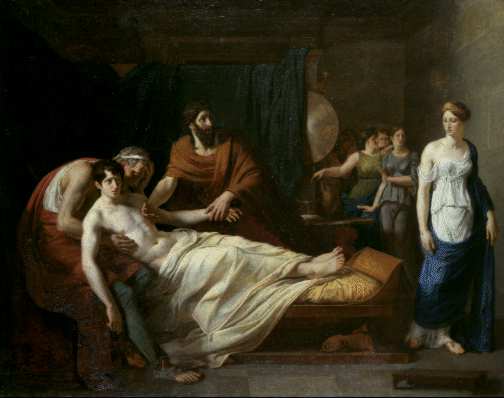
Herophilus and Erasistratus (300 bc) two of the major Alexandrian biologists, were the first to dissect a human body
and compare it with other animals they wrote the first detailed account of the structure of the brain and heart,
and concluded that the seat of intelligence lies in the ventricles of the brain. They also discovered the nervous system,
which they classify into different types of nerves. In this classification, they made the important distinction
between motor and sensory nerves.
Aristotle (330 bc) believed that the heart was the seat of the intellectual and perceptual functions
and that the brain acted merely as a radiator to cool the "heat and seething of the heart"
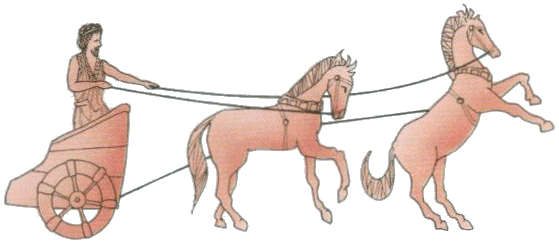
Plato's conception of a triune soul (360 bc)
Ars memoriae (477 bc)
Alcmaeon of Croton (fifth century bc) performed some of the earliest recorded dissections and described
the optic nerves. His work led him to propose that the brain was the central organ of sensation and thought

the Edwin Smith Surgical Papyrus (1600 bc)
